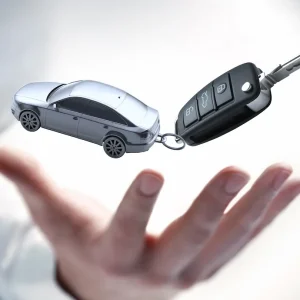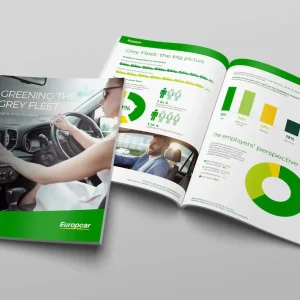The increasing number of clean air zones (CAZ) across the UK may have a financial impact for operators of van and car fleets.
Entry charges, potential fines and even fleet upgrades ensuring compliance – all must now have a presence on balance sheets.
But these zones can afford an ideal opportunity to prioritise decarbonisation strategies that will also reduce costs.
As cities across the UK increasingly implement CAZ, businesses obviously need to be aware when and where they are in force.
As a general rule, petrol cars and vans must be at least Euro 4 compliant, while Euro 6 is the requirement for diesels.
However, each CAZ has its own rules and restrictions and businesses need to understand how the specific requirements will affect the travel habits of their people in that region.
There are guides to find out if a vehicle is compliant in England on the ‘Drive in a clean airzone‘ website, and also on the ‘Low Emissions Zone Scotland‘ website.
The costs can quickly mount if vehicles used for work purposes within these areas are non-compliant.
For example, when Sheffield became the latest local authority to launch a CAZ in February, non-compliant vans were charged £10 when entering the designated area. Over a year, that potentially translates to an additional cost of £26,000 for a business with ten non-compliant vans entering the zone daily.
We’re having an increasing number of conversations with customers in both the public and private sectors about the ramifications of these charging zones.
While every car and van rented by Enterprise is CAZ-compliant, the mounting number of cities with zones presents an ideal opportunity for fleets to consider alternatives to both pool cars and grey fleet vehicles, many of which are older and non-compliant.
Compliant alternatives such as short-term rental, dedicated car clubs or conveniently located on-street vehicles could now be worthy of consideration. In addition, there is clearly an opportunity for a shift towards multi-modal options including public transport and active travel.
The first step for fleets is often the identification, collation, and interpretation of the right data on existing and future employee travel behaviors, both regionally and nationally, to understand where compliant vehicles are needed.
Businesses with multiple sites may want to prioritise some locations over others to ensure that their compliant cars and vans are located close to CAZs.
Alternatively, they might want to look at how they can encourage active travel, shared travel or greater use of public transport as part of their travel plans.
Capturing data on employee mobility habits can guide change by identifying where current travel behaviours might be improved.
With more cities now expected to introduce charging zones, this could be the ideal time for fleet operators to review how they might support a future decarbonisation strategy.
Paul McCorkell is director of business rental UK & Ireland at Enterprise





